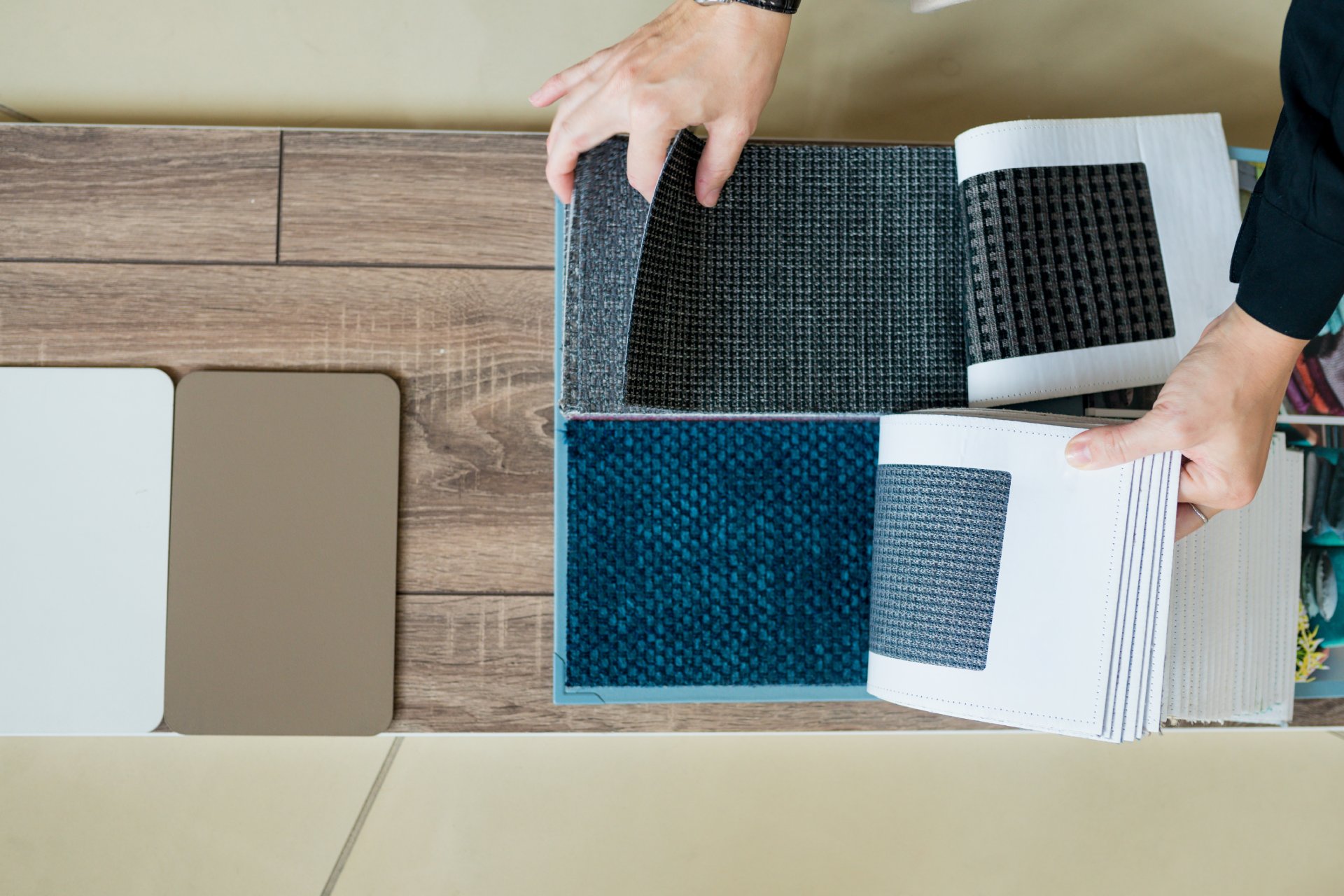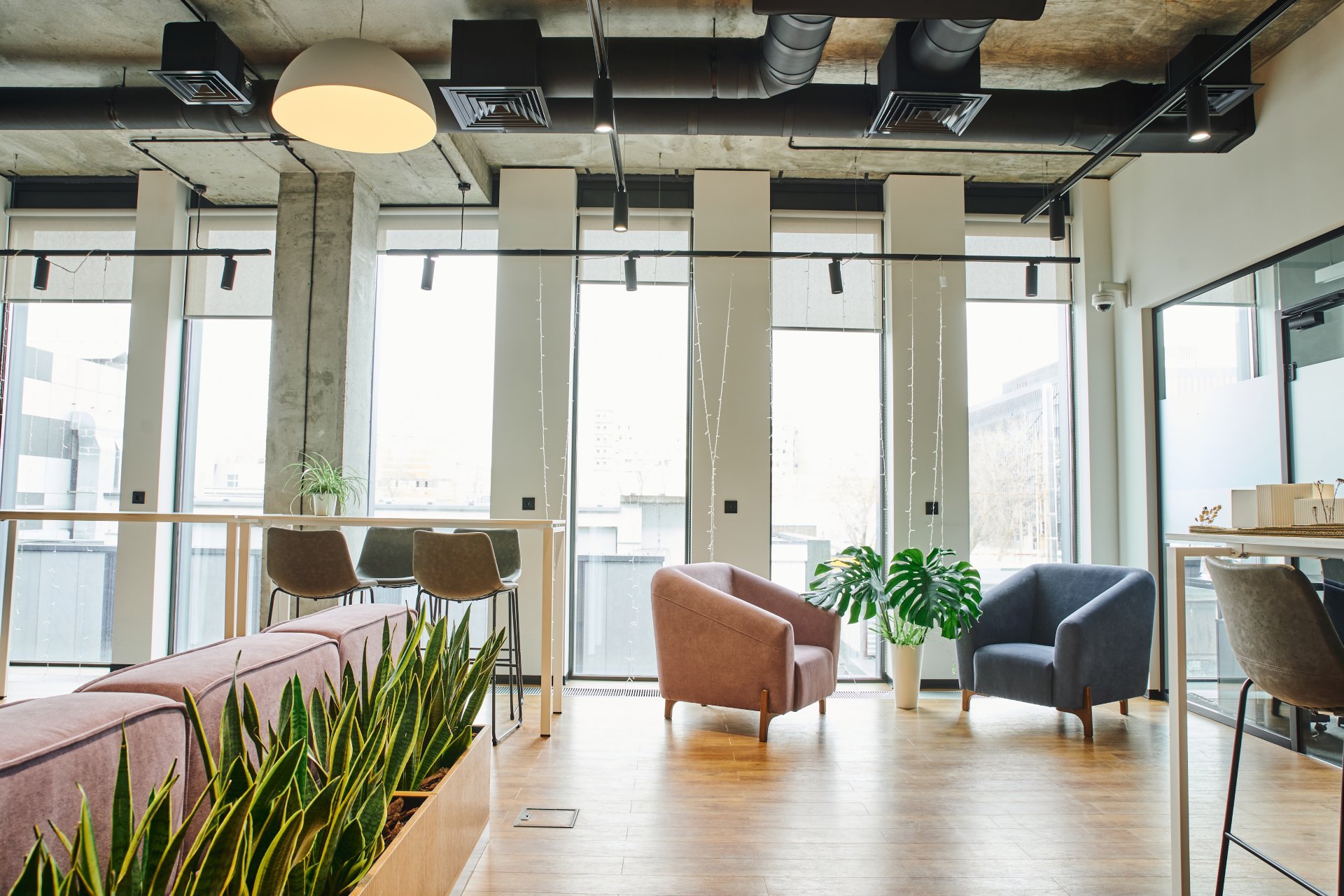Curtains are more than just functional window coverings; they are the finishing touch that elevates a space, framing the view and adding a layer of personality. But beyond aesthetics, the colours we choose for our curtains can significantly impact the mood and atmosphere of a room. Understanding the psychology of colour is a powerful tool for interior design, allowing us to create spaces that resonate with our emotions and support our daily lives. Here’s some insight into this concept from MAC Window Fashions, leaders in Australian-made custom curtains.
The Colour Wheel: A Guide to Emotional Impact
The colour wheel is a fundamental tool used in art and design. It visually organises colours based on their relationships, with primary colours (red, yellow, blue) forming the base and secondary and tertiary colours created by mixing them. Colours are broadly categorised as warm (reds, oranges, yellows) and cool (blues, greens, violets), with each colour evoking distinct psychological responses.
Warm Colours:
- Red: Associated with energy, passion, and excitement. Use sparingly in small spaces or for accent pieces that demand attention.
- Orange: Evokes feelings of warmth, enthusiasm, and creativity. Ideal for social spaces like living rooms or kitchens.
- Yellow: Represents happiness, optimism, and intellectual stimulation. Perfect for workspaces or areas where focus is needed.
Cool Colours:
- Blue: Creates a sense of calm, peace, and relaxation. A popular choice for bedrooms and bathrooms.
- Green: Represents nature, growth, and harmony. A versatile colour that works well in various settings.
- Violet: Associated with luxury, creativity, and imagination. Can add a touch of sophistication to a room.

Choosing the Perfect Curtain Colour:
When selecting curtain colours, consider the following factors:
- The Function of the Room: Different rooms have different purposes. In a living room designed for socialising, warm colours like orange or yellow can create a lively atmosphere. Conversely, a calming blue might be more suitable for a bedroom.
- The Size of the Space: Lighter, cooler colours like blue or green can make a small room feel larger and airier, while warm colours can create a sense of coziness.
- Natural Light: Rooms with abundant natural light can handle bolder colours. Conversely, rooms with limited natural light might benefit from lighter, more reflective curtain colours.
- Personal Preference: Ultimately, the colours you choose should reflect your personal style and how you want to feel in the space.
Colour Psychology in Action: Choosing Curtains for Different Rooms
Let’s delve deeper into specific rooms and explore how colour psychology can guide your curtain selection:
- Living Room: As a space for socialising and entertainment, consider warm colours like orange or yellow to create an inviting and energetic atmosphere. If a more relaxed vibe is desired, cooler tones like light blue or green can promote conversation and peace.
- Bedroom: This is your sanctuary of rest and relaxation. Choose cool colours like blue, green, or lavender to create a calming and sleep-conducive environment. Neutral tones can also work well, offering a sense of serenity.
- Kitchen: This space is all about energy and creativity. Playful colours like yellow or light green can stimulate the appetite and encourage conversation. Consider patterns that incorporate pops of colour for added visual interest.
- Bathroom: Similar to a bedroom, this is a space for unwinding and self-care. Light blue, green, or lavender curtains promote a spa-like atmosphere. White curtains can also create a feeling of cleanliness and openness.
- Home Office: Focus and productivity are key here. Yellow curtains can boost energy and creativity, while light blues or greens can promote calmness and concentration.

Beyond Colour: Shades and Tints
The psychology of colour extends beyond the basic hues. Shades and tints play a crucial role in influencing the overall mood. Shades are created by adding black to a pure colour, making it darker and more intense. Tints are created by adding white, making a colour lighter and more calming.
For example, a deep red curtain can evoke feelings of power and sophistication, while a light pink curtain creates a sense of sweetness and romance. Understanding the impact of shades and tints allows you to fine-tune the emotional response a colour evokes in your space.
Colour Harmony: Creating a Cohesive Look
While choosing the right colour for your curtains is important, it’s equally crucial to consider how they will interact with the rest of the room’s colour scheme. Here are some tips for creating colour harmony:
- The 60-30-10 Rule: This popular design principle suggests using three colours in a room: a dominant colour (60%), a secondary colour (30%), and an accent colour (10%). Your curtains can be the dominant colour, the secondary colour, or the accent, depending on the overall design intent.
- The Colour Wheel: Use the colour wheel to find complementary colours that will create a vibrant and dynamic contrast. For example, blue curtains can be complemented by yellow or orange accents in throw pillows or artwork.
- Analogous Colour Schemes: Choose colours that sit next to each other on the colour wheel for a more harmonious and soothing effect. For example, pair green curtains with blue or yellow accents to create a natural and calming atmosphere.
- Neutrals as a Base: Don’t underestimate the power of neutrals. Beige, white, or grey curtains can act as a blank canvas, allowing pops of colour from furniture, artwork, or accent pieces to take centre stage.
Beyond Colour: Pattern and Texture
Curtains come in a vast array of patterns and textures, which can further influence the mood and visual interest of a space.
Patterns:
- Stripes: Vertical stripes can create an illusion of height, making a room feel taller. Horizontal stripes can make a room feel wider.
- Florals: Introduce a touch of nature and evoke feelings of romance and femininity.
- Geometric Patterns: Modern and sophisticated, geometric patterns can add a touch of drama and visual interest.
Texture:
- Sheer fabrics: Allow natural light to filter through, creating a light and airy feel.
- Linen or cotton: Offer a natural and relaxed aesthetic.
- Velvet or silk: Add a touch of luxury and sophistication.

Putting it All Together: A Case Study
Imagine you’re designing curtains for a living room that gets plenty of natural light. You want to create a welcoming and social space for entertaining friends and family. Here’s how you might approach it using the principles discussed:
- Function: The living room is for socialising, so consider warm colours.
- Size of Space: The room has ample natural light, so bolder colours are an option.
- Personal Preference: You prefer a lively and inviting atmosphere.
Based on these factors, you might choose:
- Colour: A warm orange with a hint of red (not too overpowering for a living room).
- Shade: A slightly lighter shade of orange to balance the natural light.
- Pattern: A subtle geometric pattern in a complementary colour like blue for visual interest.
- Texture: A linen fabric for a natural and relaxed feel.
Additional Tips:
- Consider ordering free fabric samples to see how the colours and textures translate in your space before making a final decision.
- Don’t be afraid to seek professional help from an interior designer if you need guidance creating a colour scheme that reflects your vision.
- Most importantly, trust your instincts and choose colours that make you feel happy and comfortable in your home.
Understanding the psychology of colour is a powerful tool when designing your dream space. By considering the function of the room, the size, natural light, and your personal preferences, you can choose curtain colours that create the desired mood and atmosphere. Remember, there are no hard and fast rules; experiment, have fun, and let your creativity flow!
Australian-Made Curtains from Your Local MAC Window Fashions Retailer
Unleash the transformative power of colour in your home with MAC Window Fashions! We offer a curated selection of Australian-made curtains in a stunning range of colours, patterns, and textures, crafted from premium fabrics by James Dunlop, Warwick, Mokum, Hoad, and Zepel. Find a MAC Window Fashions retailer near you and discover how our curtains can elevate your space and enhance your mood. Visit our website or contact a retailer today!




